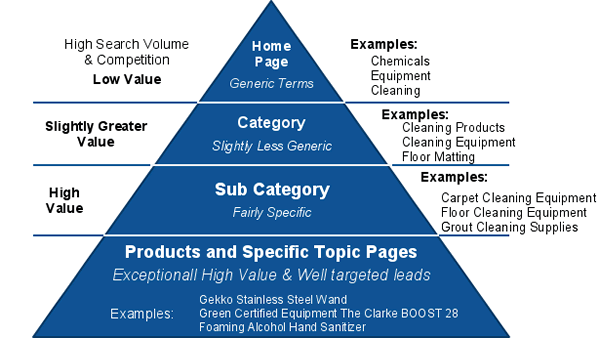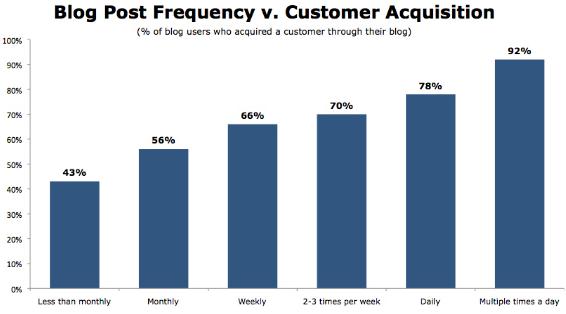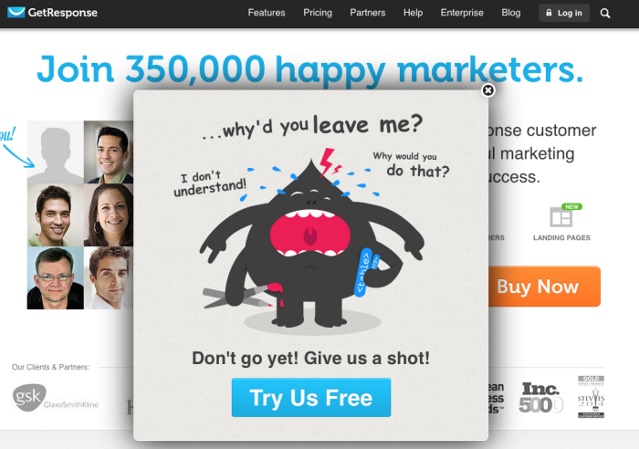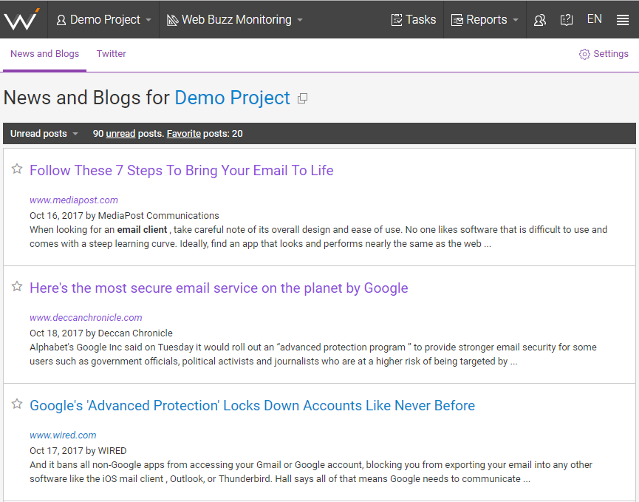
To build a brand online, you will need customers and other stakeholders to trust it and identify with what your business does. The following are some of the steps in the process of building a strong brand online.
1. Analyze and Understand the Market
It is always important for you to have a deep understanding of the market where you want to operate. Understanding the market allows you to know what the customer needs that are not getting fulfilled. It helps you understand how you can do things differently from what is already being done and carve a niche for yourself.
When you find out what the customers are searching for online through research, you can then use Search Engine Optimization (SEO) techniques. SEO helps you to ensure that your brand comes up as often as possible when potential customers search for information that is of interest to them.
Watch for particular phrases to use in your SEO and content marketing initiatives. It is this information that you can then use to advertise effectively. The looping Keyword Research Tool “Get Suggestions” can help you learn what variants of your keywords are being used by people in your local area.
2. Pinpoint and Analyze Your Competitors
The other way to build your brand is by analyzing your competitors. Study how they have effectively, and ineffectively built their brand. Ask the following questions:
- Are they consistent with their message and visual identity across channels?
- What is the quality of their products or services?
- Do they have customer reviews you can read, or social mentions about them?
- How active are they in social media?
- What is the engagement rate of their visitors?
- What is the quality and the tone of their content?
- What are their strengths and weaknesses?
Utilize the data and combine it with your business in such a way that it makes you unique from the market.
3. Build Trust in Your Brand
To ensure that there is trust between you and your online audience you should always think long and hard before publishing anything for them to see. Online audiences tend to lose trust in anyone who doesn’t respond to their inquiries quickly. It is advisable to maintain a regular schedule for posting your updates, blogs or other posts. Ensuring that the content of your website and other online platforms is simple and relatable is also key to building trust.
Posting regularly is how you keep your audience engaged. It is also important to, as much as possible, communicate with your audience in real time. This is usually made possible by the use of social media marketing. Many companies nowadays employ full time social media managers who respond to queries from customers in real time.
Long term relationships help you to stabilize your brand. If for example, if you keep changing your graphic designer, there is a chance that despite their best efforts, the graphics you get from these different relationships may be different. This would lead to a situation where your brand can not be properly identified. Stable, consistent design has always been important in web design, email marketing, postal mail, TV ads, magazine ads, text messaging, social media and video presentations.
To achieve that consistent design, you will need quality images. While you can hire photographers to take the pictures you need, or it is easier to acquire pictures for free through online sharing platforms.
Strong, long-term relationships with other suppliers also contribute in helping your customers understand you.
4. Be Creative and Use Humor
When seeking to get people to click on your advert in a Pay Per Click initiative, one way you can get it moving is by use of humor. Once you have been online for some time and you have acquired a considerable following, people on the net will start stereotyping you. Stereotyping happens especially when you have been engaging with your customers and prospects on social media. Once you get wind of the stereotype that is going around your brand, use that to entertain your audience with some self-deprecating humor.
In social media marketing, a dose of well researched humor for clients and prospects is a good way for you to start the day. Humor also makes your page appear more approachable. People want a face for your brand and a humorous face creates an air of friendship and camaraderie.
5. Track Your Online Brand Mentions
Another crucial part of building your brand’s reputation is monitoring its online mentions. Your campaign is meant to produce results, and the customers’ opinion of you reflects how well you are trying – not exactly something you can ignore safely. And why would you ignore your brand’s mentions when you can make them work for you?
Tracking brand mentions helps you to:
- Build new links from unlinked mentions
- Start fixing your brand’s reputation if it’s bad
- Communicate with your audience where discussion is possible
- Turn your haters into supporters (if your diplomatic skills are strong)
- Research the market by getting to know your customers and their wishes better
You can find mentions of your brand by using search engines and Online SEO tools, and it’s best to use both in tandem. There are plenty of things even Google can’t find. Did you know that not even 10% of posts made on Twitter are added into Google’s index? But with a social monitoring tool like WebCEO’s Web Buzz Monitoring, you can easily find them all.
In addition to SEO and social monitoring tools, use Google to expand your search range and cover both indexed and unindexed brand mentions. Forums and review platforms are the most obvious places to look – and depending on the reputation you’ve already made, those might be just the tip of the iceberg. Be sure to search far and wide!
6. Evaluate and Change for the Better
Always have your ear on the ground as far as public perception of your brand is concerned. This helps you to sift through these perceptions and identify which ones to keep and which ones to demolish. Demolition of some of the perceptions is meant to ensure that the only perception that comes through to your online audience is the one that properly represents your business. This means that you will want to brainstorm with your team on how things can be done to clarify your brand image.
Afterword
Don’t forget that, ultimately, your reputation is a reflection on how you treat your customers. Value them, and they’ll value you back, too!






